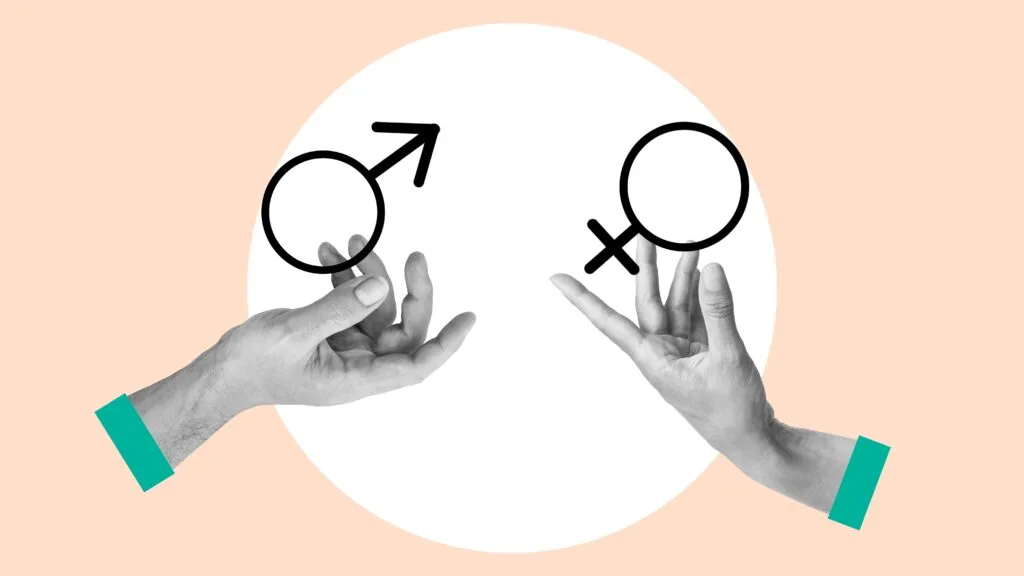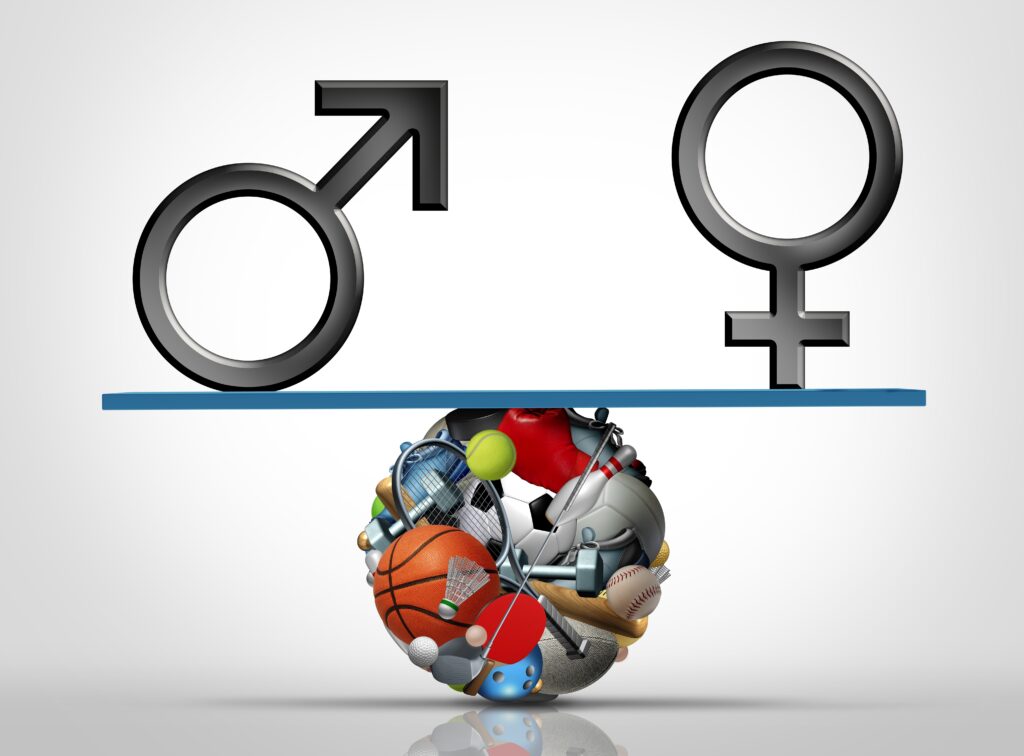Imane Khelif’s journey to Olympic glory is nothing short of remarkable. From the roaring cheers in Paris as she claimed gold in the women’s boxing competition to the heated debates that overshadowed her participation, Khelif’s story is one of triumph and controversy. But it wasn’t just her victory that caught the world’s attention—it was the firestorm surrounding her eligibility, the high-profile figures who weighed in, and her bold transformation that followed. As the world looks on, Khelif has proven she’s more than just a fighter in the ring—she’s a symbol of resilience and identity. How did this athlete, once shrouded in doubt, rise to become a champion? And what message does she send with her striking post-victory makeover?
Overcoming Gender Eligibility Controversies
Imane Khelif’s journey to Olympic gold was riddled with controversy even before she stepped into the ring in Paris. Earlier in 2023, she and Taiwan’s Lin Yu-ting were both disqualified from the World Boxing Championships after failing gender eligibility tests. The International Boxing Association (IBA) claimed that Khelif’s test results showed the presence of XY chromosomes, leading them to deem her ineligible for women’s competitions. Although some reports suggested elevated testosterone levels, the IBA clarified that a different, confidential test was used to determine eligibility, emphasizing that it revealed a competitive advantage over other female athletes.
Despite this disqualification, the International Olympic Committee (IOC) upheld Khelif’s eligibility to compete in the Paris Olympics, a decision that sparked further debate. The IOC’s stance contrasted sharply with the IBA’s, with critics highlighting inconsistencies in the application of gender regulations across sports. The IOC insisted that Khelif met their criteria, which primarily relies on documentation like passports, rather than the biological tests emphasized by the IBA.
Khelif defended herself fiercely throughout the controversy, stating, “I am fully qualified to take part in this competition. I am a woman like any other woman. I was born a woman. I have lived as a woman. I competed as a woman—there is no doubt about that”. Her determination to reclaim her identity and compete at the highest level, despite the uproar, highlighted the complex and often flawed nature of gender eligibility debates in sports.
This clash between sporting bodies like the IBA and IOC is emblematic of broader discussions surrounding gender, fairness, and athlete rights in competitive sports. It raises questions not only about the methods used to determine eligibility but also about the ethical implications of these decisions. Studies on conditions like Androgen Insensitivity Syndrome (AIS) and other intersex variations indicate that individuals with XY chromosomes may present physically as female, further complicating simplistic definitions of gender in athletics.

The Paris Olympics Journey – A Gold Medal Against All Odds
Despite facing immense pressure and controversy, Imane Khelif emerged as a champion at the Paris 2024 Olympics, claiming gold in the women’s 66kg boxing division. The path to victory was anything but smooth for the Algerian boxer, who had been at the center of a highly publicized gender eligibility debate leading up to the Games. Yet, Khelif stayed focused, delivering a series of commanding performances that culminated in her decisive win against China’s Yang Liu.
The final match, held at the iconic Roland Garros, saw Khelif outclassing Yang with her precision and power. She dominated from the outset, securing a clear lead in the first two rounds, leaving no doubt in the judges’ minds. All five judges awarded her the win, with a unanimous 5-0 decision marking the victory. As the first Algerian woman to win Olympic gold in boxing, Khelif expressed immense joy, stating, “For eight years, this has been my dream and now I’m the Olympic champion”.
Khelif’s journey in Paris wasn’t just about boxing—it was also about standing resilient in the face of widespread media scrutiny. Her earlier bout with Italy’s Angela Carini, who withdrew from their fight after just 46 seconds, added fuel to the controversy, raising further questions about her eligibility. Yet, Khelif pushed through the criticism, stating that winning the gold was her way of silencing the doubts and representing her country with pride.
After the final bell rang, the victory celebrations were as intense as her fights. Khelif was lifted onto her coach’s shoulders and paraded around the arena, a symbol of her nation’s pride and defiance. The electrifying atmosphere, amplified by thousands of cheering fans waving Algerian flags, underscored the magnitude of her achievement, especially given the intense scrutiny and doubts cast over her participation.
This gold medal not only marked a personal triumph for Khelif but also solidified her place in the annals of Olympic history as a fighter who overcame challenges both inside and outside the ring.

Embracing Femininity and Identity – The Post-Olympics Makeover
After claiming Olympic gold amidst controversy, Imane Khelif made a powerful statement with her stunning post-victory transformation. The Algerian boxer, who had been heavily scrutinized for her gender identity, collaborated with Beauty Code for an Instagram video that quickly went viral. The clip showcases Khelif transitioning from her typical athletic look—complete with boxing gloves—to a more traditionally feminine style, featuring a pink floral outfit, hoop earrings, and flawless makeup. With over 20 million views across platforms, the video captured global attention, sparking both admiration and ongoing debates.
Khelif’s makeover goes beyond aesthetics. It serves as a declaration of her right to express herself on her terms. The video’s caption emphasized that her femininity is not defined by societal standards or makeup but by her essence and strength—both in and out of the ring. Khelif, who has consistently defended her identity as a woman, used this transformation to reclaim her narrative amid harsh criticism and online harassment.
The positive responses, especially from her supporters in Algeria and beyond, reflect how Khelif has become a symbol of resilience. Despite facing derogatory comments and relentless trolling, she remains steadfast in her message: “I am a female, and I will remain a female.” Her transformation video represents not just a change in appearance, but a bold assertion of her identity and defiance against those who seek to undermine her success.
The Broader Debate on Gender and Sports Eligibility

Imane Khelif’s participation in the 2024 Paris Olympics reignited an ongoing and complex debate about gender eligibility in sports. This issue is particularly challenging in cases where athletes like Khelif, who are biologically female but reportedly have XY chromosomes, are scrutinized. The controversy centers on whether possessing XY chromosomes or having naturally elevated testosterone levels gives these athletes an unfair advantage in women’s competitions.
At the heart of the debate lies a rift between the International Boxing Association (IBA) and the International Olympic Committee (IOC). The IBA disqualified Khelif and Taiwanese boxer Lin Yu-ting from the 2023 World Championships after they allegedly failed gender eligibility tests. However, the specifics of those tests remain largely undisclosed. The IBA claimed that Khelif’s results showed the presence of XY chromosomes, which typically indicate male biological characteristics, though some conditions—like Swyer syndrome—allow women to present with XY chromosomes while developing as female. Critics argue that the IBA’s process was opaque and potentially flawed.
In contrast, the IOC took a different approach. They permitted Khelif and Lin to compete in the Paris Olympics, emphasizing that their passports and gender identification documents aligned with female eligibility standards. The IOC’s decision reflects its broader stance that gender verification should respect athletes’ human rights while balancing fairness in competition. The IOC argued that the IBA’s testing lacked transparency and was unreliable, especially given the political tensions surrounding the IBA, which has been embroiled in corruption scandals.
The broader conversation also touches on differences in sexual development (DSDs) and how sports organizations should navigate these cases. While it is not confirmed whether Khelif has a DSD, similar cases, such as that of South African runner Caster Semenya, highlight how athletes with naturally occurring biological variations have been subjected to intense scrutiny. Unlike transgender athletes, individuals with DSDs are often not seeking to transition but instead are dealing with genetic conditions that blur the traditional lines of male and female categories.
The controversy surrounding Khelif’s participation exposes the complexities of gender and fairness in sports. As the debate continues, it remains unclear whether existing frameworks can adequately address these issues without compromising either competitive integrity or the dignity of the athletes involved.
Khelif’s Lasting Impact and Future Outlook
Imane Khelif’s journey at the Paris 2024 Olympics has been a story of resilience, courage, and defiance against all odds. From overcoming gender eligibility controversies to standing tall in the face of intense public scrutiny, Khelif has shown the world what it means to remain focused on a goal despite the noise. Her gold medal victory is not just a personal triumph but a symbolic moment for women athletes in Algeria and across the Arab world.
Khelif’s story goes beyond the boundaries of sports; it’s about reclaiming identity and challenging societal norms. Her post-victory transformation into a more traditionally feminine appearance, while still asserting her strength and authenticity, signals her refusal to be confined by stereotypes. Moving forward, her influence is likely to extend beyond the boxing ring as she becomes a voice for gender equality, fairness in sports, and the empowerment of young athletes.
As she continues her career and possibly expands her role into mentorship and advocacy, Khelif stands as an embodiment of resilience and empowerment. Her legacy will undoubtedly inspire future generations, making her a beacon of hope for those who face similar challenges.



